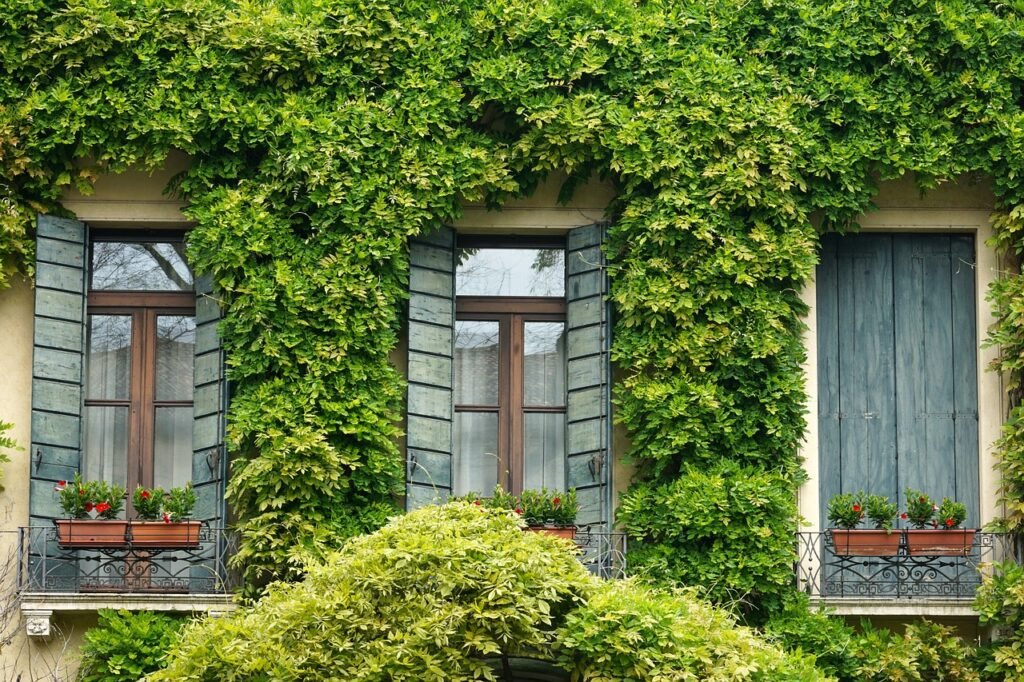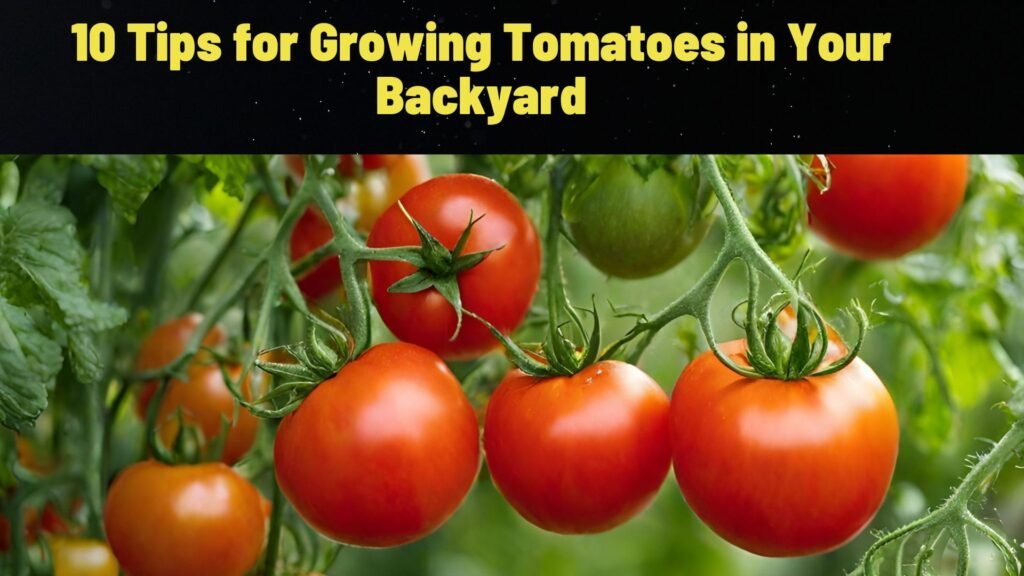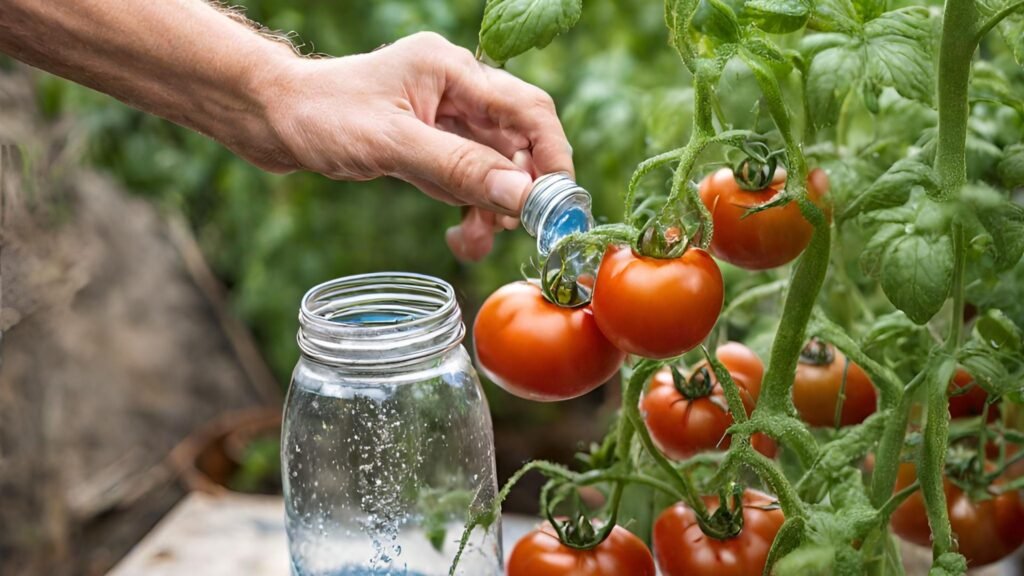Learn how to plan and design a stunning garden layout in 2025 with expert tips, modern trends, and practical steps for a beautiful outdoor space!
How to Plan and Design a Garden Layout in 2025: You Must Need to Know Before Starting Gardening
Creating a well-designed garden plan has become a crucial element of contemporary life, providing a personal retreat to unwind, produce food, or display natural beauty. Garden planning evolves in 2024, with a focus on sustainability, technology integration, and aesthetic innovation. Whether you have a large backyard or a small urban area, this article with creative garden design may improve both the appearance of your house and your quality of life.
Key Trends in Garden Planning and Design for 2025
Garden design ideas for 2025 will emphasize sustainability, technology developments, and individualized aesthetics. These trends appeal to a wide range of lifestyles, from environmentally aware gardeners to city residents looking for practical solutions.
Ecological Garden
Sustainable gardening stresses environmentally friendly methods that help to promote healthy ecosystems by lowering effect. Native flora, natural irrigation systems, and organic composting take front stage.
- Features: Using native plants that flourish in local conditions, sustainable gardens help to lower the need for too much fertilizer or watering. They may call for composting systems to recycle organic waste and rainwater collecting.
- Advantages: Reduced water use, better soil quality, and simpler long-term maintenance are benefits.
- Disadvantages: Initial time and effort needed to create the ecosystem.
- Suitable for: Homes looking for a long-term, low-maintenance green area, environmentally concerned people, and nature lovers.
Modern Garden

Technological developments are transforming gardening and providing clever solutions for plant monitoring, lighting, and watering. For contemporary gardeners, these technologies guarantee ease and efficiency.
- Features: Smart gardens maximize plant care by means of automated devices like soil moisture sensors, solar-powered lighting, and drip watering. Real-time reminders and updates are offered via apps and gadgets.
- Advantages: Saves time, less water waste, and guarantees plants flourish with little help.
- Disadvantages: High initial outlay and a learning curve for implementing new technologies.
- Suitable for: Families seeking low-effort gardening solutions, tech-savvy people, and time-pressed professionals.
Vertical Gardens and Small Areas
Urban environments with limited area would benefit most from vertical gardens and small layouts. They make little yards, balconies, and walls lively green spaces.
- Features: Plants in biodiversity gardens attract bees, butterflies, and birds. Often added to support aquatic and avian life are water components such birdbaths and small ponds.
- Advantages: Simple to install in tiny locations, visually pleasing, space-efficient.
- Disadvantages: Limited planting capacity and constant upkeep needed for best development.
- Suitable for: Apartment renters, city people, and everyone else wishing to improve little areas with vegetation.
Biodiversity-Focused Gardens

Gardens meant to boost biodiversity help animals while bringing movement and color to outdoor areas. They establish homes for other helpful species including pollinators.
- Features: Plants in biodiversity gardens attract bees, butterflies, and birds. Often added to support aquatic and avian life are water components such birdbaths and small ponds.
- Advantages: Boosting of pollinator numbers, esthetic attractiveness of the garden, and ecological balance.
- Disadvantages: Needing understanding of local habitats and plant compatibility.
- Suitable for: Families eager to teach their children about ecosystems, nature enthusiasts, and environmentally aware house owners.
Outdoor Living Integration
Combining outdoor living areas with gardens produces multifarious venues for entertainment and leisure. This concept blends clever and useful designs with foliage.
- Features: Often include fire pits, comfortable seating, pergolas, and outdoor kitchens. For a coordinated appearance, these components are subtly combined with landscaping and plants.
- Advantages: Increases in home value, outdoor living space extension, and a flexible venue for events.
- Disadvantages: Increased structural feature installation and maintenance expenses.
- Suitable for: Families that enjoy outdoor events, homeowners trying to increase property attractiveness, and everyone wishing to enjoy outdoor life all year long are among the target audience.
Step by Step To Plan and Design a Garden Layout in 2024
Designing a garden needs both imagination, careful planning, and attention to detail. This detailed guide will enable you to create the ideal garden that fits your requirements and current style.
Determine the Purpose of Your Garden

Start by deciding what you want for from your garden. Will it be for leisure, vegetable gardening, guest entertainment, or a combination of all? Clearly specifying its goal will direct your design decisions.
A vegetable garden would require well-lit, easily accessible planting areas, while a leisure garden may include water elements and comfy chairs. Knowing the goal guarantees that every component of your garden fulfills a significant use.
Evaluate Your Surrounding Area and Space
Check the dimensions, form, and present condition of your garden area. Your plant and design decisions will be impacted by elements like solar exposure, kind of soil, and drainage. Pay attention to permanent elements that could compromise the arrangement as paths, fences, or trees. Think vertically using wall gardens or hanging plants in tiny areas. Knowing your surroundings will enable you to develop a sensible and environmentally friendly garden.
Plan a Garden Layout
Plot a simple design using your garden’s key elements. Sort the space according to their intended use—that of sitting sections, planting beds, paths, etc. To guarantee correct dimensions, use design tools or graph paper. To picture the finished design, add raised beds, water features, or garden furniture. This stage guarantees that your garden’s layout is aesthetically pleasing as well as useful.
Select Plants Fit for Your Style and Space

Choose plants fit for your local environment that complements the goal of your garden. Choose native plants for a sustainable garden that call very little care. To provide visual interest and depth, think about combining textures, colors, and heights. Make sure the plants fit the particular sunshine and soil parameters in every zone. This choosing procedure enables a garden to be coherent and healthy.
Plan for Irrigation and Drainage
Create a quick irrigation system to guarantee your plants get enough water. Based on the size of your garden, options include drip irrigation, sprinkler systems, or hand watering. Think of drainage options as well to avoid waterlogging, including gravel layers or elevated beds. Good water management not only maintains your plants but also helps to save resources.
Add Environmentally Friendly Technological Elements
Combine environmentally friendly features include solar-powered garden lighting, rainwater collecting systems, or composting bins. Invest in smart gardening technologies such automatic watering or plant health monitoring systems if money permits. These elements fit current environmentally concerned trends and simplify garden upkeep. Including technology guarantees your garden is both creative and practical.
Add Decorative and Functional Elements

Add artistic details like statues, pergolas, or vibrantly colored pots to improve the look of your garden. Functional elements like fire pits, outdoor kitchens, or seats help the garden to be used in many ways. Maintaining harmony with the surroundings, use natural materials like stone or wood. Careful additions provide an individualized and welcoming environment.
Plan for Seasonal Changes
Including plants that bloom in many seasons can help your garden to appear lovely all year long. Consistent color and texture may be found from evergreen plants, seasonal flowers, and decorative grasses.
Think about how patterns of sunshine and temperature will vary across the year. Making plans for all seasons guarantees that your garden stays colorful and fun independent of the season.
Implementation and Maintenance Tips for Your Garden
Proper implementation and persistent upkeep are required to guarantee your dream home heaven flourishes and retains its visual appeal over time. Here are some practical recommendations to help you carry out your plan and maintain your garden healthy year-round.

- Soil Preparation and Planting: Before you plant, test the pH and nutrition levels of your soil. This guarantees that your plants have the best conditions for growth. According to the findings, apply compost or organic fertilizers to enhance the soil.
- Watering Strategies: Use early morning or late afternoon to water your garden to prevent evaporation. This helps plants avoid heat stress and retain soil moisture. Drip irrigation delivers water directly to roots.
- Pest & Weed Management: Inspect your plants on a regular basis for insect and disease indications, such as discolored leaves or bite marks. Mulch or ground coverings may help reduce weed development around your plants.
- Seasonal Maintenance: To stimulate healthy growth and remove dead branches, prune your plants in dormancy. Add mulch each season to maintain soil moisture and warmth. Plant periodically to maintain your garden year-round.
- Monitoring and Adjustments: Prune your plants in their dormant season to eliminate dead branches and promote good development. Every season add new mulch to control temperature and preserve soil moisture. Plan periodic replanting to keep your garden lively all year long.
Following these guidelines will help you to keep a healthy garden as well as design a dynamic and changing environment that keeps delight and beauty.
Conclusion
A well-designed garden is a personal haven reflecting your beliefs and taste, not simply an outside area. Your garden could inspire and provide peace whether it’s a tech-savvy refuge, a sustainable retreat, or a lively home for animals. Accept the creative process and don’t hesitate to test fresh concepts. A lovely garden results from your enthusiasm and attention as much as from the ground.



